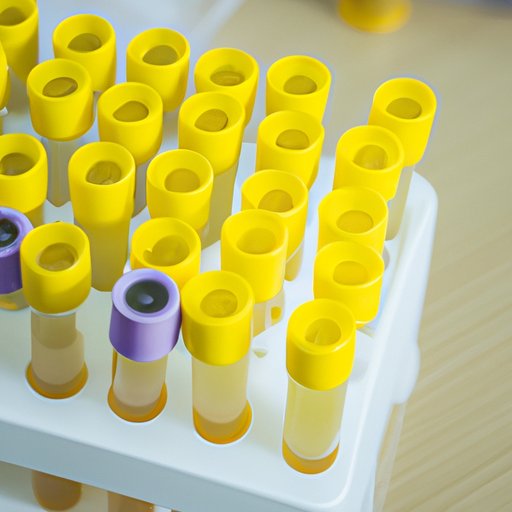
Introduction
A chemical stress test is a diagnostic test that utilizes medications to simulate physical activity and assess the function of the heart and blood vessels. This non-invasive procedure helps diagnose conditions such as coronary artery disease, heart valve problems, and heart failure. For patients, understanding the duration of the test is crucial to plan their day and avoid unnecessary stress.
What to Expect During a Chemical Stress Test: Understanding the Duration
A typical chemical stress test consists of three stages:
Stage 1: Baseline Images
Prior to receiving the medication, the patient will undergo a baseline imaging test, such as an echocardiogram or a nuclear scan. This provides an initial picture of the heart and its blood vessels while the patient is at rest. This stage takes around 30 minutes to complete.
Stage 2: Medication Administration
During the second stage, a healthcare professional will administer a medication, such as adenosine or dobutamine, through an intravenous (IV) line. The medication mimics the effects of physical exercise on the heart and is gradually increased until the heart reaches a target rate. This stage may last from 30 minutes to an hour.
Stage 3: Post-Medication Images
After the medication has been administered, the patient will undergo another imaging test to capture the heart’s activity while it is under the effects of the medication. This stage takes around 30 minutes to complete.
Overall, a chemical stress test lasts around 2-3 hours. However, it may take longer or shorter depending on individual patient needs. It is important for patients to follow all instructions from their healthcare provider in order to ensure accurate results.
Is a Chemical Stress Test Quick? Debunking Misconceptions
One common misconception about a chemical stress test is that it is a quick test. In reality, the duration of the test is necessary to ensure accurate results. Patients may experience side effects from the medication, such as nausea, headache, or shortness of breath, that can prolong the test.
Additionally, the test may take longer for patients who are unable to reach the target heart rate or have underlying health conditions. Taking time to prepare for the test and arriving early can help make the process smoother for the patient.
The Time it Takes: How Long to Plan for a Chemical Stress Test
Patients should expect to spend 2-3 hours at the healthcare facility for the test. It is important to plan accordingly and schedule time off work or arrange childcare. Patients should also arrive at the appointment early and come prepared with any necessary paperwork.
Efficient Testing: Maximizing the Length of a Chemical Stress Test
To maximize the efficiency of the test, patients should follow all instructions from their healthcare provider. This includes dietary restrictions and proper hydration before the test. Patients should also wear comfortable clothing and avoid caffeine on the day of the test.
Honesty is key when discussing all medications and health conditions with healthcare providers, as they can affect the length of the test. Taking these simple steps can help ensure the test is as efficient as possible.
Comparing the Duration of Chemical Stress Tests versus Other Diagnostic Tests
Compared to other common diagnostic tests such as CT scans or MRIs, a chemical stress test may take longer. CT scans take around 30 minutes to complete while an MRI may take up to an hour. However, chemical stress tests provide a unique look into heart function that cannot be replicated by other tests.
The duration of the test may vary depending on individual patient needs and may take longer for patients who experience complications or cannot reach the target heart rate.
Patient Recommendations and Tips for a Smooth and Quick Chemical Stress Test
For patients who have undergone a chemical stress test, recommendations include dressing comfortably and bringing a book or magazine to occupy time during the test. Patients should also avoid eating or drinking anything except water for four hours prior to the procedure.
It is important to relax during the test and breathe deeply. Healthcare providers will closely monitor patients throughout the test and will address any side effects or concerns.
Conclusion
Understanding the duration of a chemical stress test is essential for patients to plan their day and relieve unnecessary stress. Each stage of the test is necessary to provide an accurate depiction of the heart’s function. Patients who follow all instructions from their healthcare provider and arrive early can make the process smoother and more efficient.
While the duration of the test may vary depending on individual patient needs, patients can be assured that the healthcare team is working to ensure their safety and accuracy of the results.




